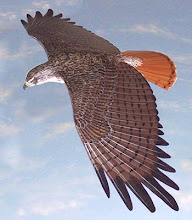8/5/1869
Wall of Voodoo: Call of the West
With some feeling of anxiety, we enter a new canyon this morning. We have learned to closely observe the texture of the rock. In softer strata, we have a quiet river; in harder, we find rapids and falls. Below us are the limestones and hard sandstones, which we found in Catarack Canyon. This bodes toil and danger. Besides the texture of the rocks, there is another condition which affects the character of the channel, as we have found by experience.
Where the strata are horizontal,
the river is often quiet; but,
even though it may be very swift in places, no great obstacles are found. where the rocks incline in the direction traveled, the river usually sweeps with great velocity, but we still have few rapids and falls. But where the rocks dip upstream, and the river cuts obliquely across the upturned formations, harder strata above and softer below, we have rapids and falls. Into hard rocks, and into rocks dipping up stream, we pass this morning, and start on a long, rocky, mad rapid. On the left there is a vertical rock, and down by this cliff and around to the left we glide, just tossed enough by the waves to appreciate the rate at which we are traveling.
The canyon is narrow, with vertical walls, which gradually grow higher.
More rapids and falls are found. We come to one with a drop of sixteen feet, around which we make a portage, and then stop for dinner.
Then a run of two miles, and another portage, long and difficult;
then we camp for the night, on a bank of sand.
--John Wesley Powell
journal entry for August 5, 1869







<< Home